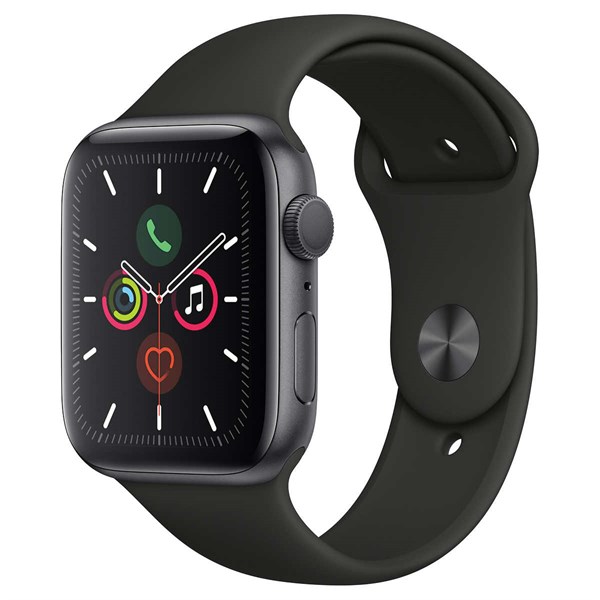Study Conducts Assessment on the Ability of Smartwatches Identifying Atrial Fibrillation

The advancement of technology has been a very welcomed phenomenon in the medical community. It has led the way for many devices to be created that have helped patients in treatment and doctors in the diagnosis of different conditions and diseases. It has also helped in allowing the detection of certain problems that could cause serious harm if gone unnoticed. In today’s age and time, this technology is not secluded to just the doctor’s office. Some of it is worn by a multitude of people on a daily basis, the main one being smartwatches.
Smartwatches are an extension of mobile phones. They let you answer texts, phone calls, and have apps for a variety of things, including checking heart rate and other vital signs. Some are even able to monitor your sleep patterns. Smartwatches are able to do so via the optical sensors on the device that detect changes through the sensors. In a recent study published in The New England Journal of Medicine, scientists wanted to see if the abilities contained in a smartwatch were able to identify atrial fibrillation during normal use of the device.
In a study sponsored by Apple, Marco V. Perez, M.D. and colleagues recruited just over 419,000 participants who claimed to not have atrial fibrillation and also already owned Apple phones and smartwatches. Patients would download an app to be used for monitoring their vitals. If an algorithm for smartwatch based irregular pulse sent out a notification of possible atrial fibrillation a telemedicine visit would be conducted and an electrocardiography (EEG) patch would be sent to the participant to be worn for 7 days. Ninety days after the notification and at the end of the study, surveys would be sent out. This gave Perez and his colleagues the main objectives of estimating the proportion of notified participants with atrial fibrillation shown on an EEG patch and the positive predictive value of irregular pulse intervals.
Participants were collected over a period of 8 months, and of the 419,297 participants, 52% were under the age of 40 while only 6% were over the age of 65. After over 117 days of monitoring, 0.52% (2161) participants received notifications of an irregular pulse. After EEG patches were sent out, and on average 13 days after receiving the notification, 450 patches contained data that could be analyzed. Atrial fibrillation was present in 34% of patches and in 35% of participants 65-years-old or older. The positive predictive value for participants who received a notification was 0.84. For those who received a notification and returned a 90-day survey (1376 participants), 57% contacted health care providers outside of the study.
To conclude the study, Perez and colleagues determined that while receiving a notification is low, the was not necessarily the main message. The lesson within the study is that since technology is rapidly changing and advancing, and because more and more people are starting to wear smartwatches and other types of fitness watches, there is an appeal to apps that can detect certain medical phenomena. This can justify the need to further pursue and evaluate the need for this type of technology. The study is also valuable in the sense that it could be used to challenge researches to reassess the correlation of atrial fibrillation and stroke.
To read more about the assessment of smartwatches detecting atrial fibrillation, click here.
Keywords: Doctors Locator, Durable Medical Equipment, Home Medical Equipment, Medical Equipment Centers, Medical Equipment Locator, Sleep Testing Centers
